AKA: Fearless Young Boxer
Director: Jimmy Shaw Feng
Producer: Jimmy Shaw Feng
Cast: Peter Chang, Casanova Wong, Hwa Ling, Chan Wai Lau, Lee Kwan, Chai Kai, Lung Fei, Ma Chin Ku, Wang Man Chuen, Su Chen Ping, Au Lap Bo, Boon Saam, Geung Yee Gwan, Hui Lap, Philip So Yuen Fung, Wong Gwok Chue, Wong Wing Sang, Woo Hon Cheung, Yuen Sam
Running Time: 92 min.
By Joseph Kuby
This is the best Chan-style movie Jackie never made.
A classical Kung Fu movie it is but the final fight sequence feels like something from the late ’80s or early ’90s.
This ain’t a bad film despite not being particularly groundbreaking in the story, acting or directing departments. Ignoring these commonplace pet peeves it has several things which stop it from being another Kung Fu comedy riddled with clichés ala a machine-gunned victim.
Firstly, the villain is played as a jocose chap rather than a stern bitter-faced creep that’s usually seen in these kind of movies all too often.
Secondly, the story succeeds in not being predictable. Characters who you expect to play a heavy part in the movie are bumped off and people who you assume are just extras happen to have great importance within the context of the film’s storyline.
Thirdly, one of the villains has a home which looks like something from the Flintstones in it’s architecture, complete with a waterfall and some nice scenery. So, generally the environment is different than what’s usually seen in this genre of film.
Finally, the action has plenty of innovative moments which fully capitalize on Jackie Chan’s style of environmental interaction. The brawlers depending on the environment to use it to their advantage makes for a fresh experience as opposed to fighting in open spaces. In a lot of the Kung Fu comedies that came after Snake in the Eagle’s Shadow, film directors, at most, simply added slapstick to the fight scenes.
The hero, as ever, is still the facetious type we see very often in Kung Fu comedies. If the hero was presented as a stern and cynical individual, a different kind of interplay would have taken place between the hero and the tongue-in-cheek villain.
This film truly rivals Jackie at his game when it comes to his pedigree of martial conduction. These are the sort of fight scenes where the focus is on timing, for instance hitting a few assailants before catching something that’s been thrown in the air.
The climax, in particular, may have motivated Jackie to follow suit with the climax for Dragon Lord. Likewise with Yuen Woo Ping’s Tai Chi 2 (or Tai Chi Boxer as it’s known in the UK). Method Man lives up to its title in this sequence which involves the usage of props and manipulation of ropes to finish off the villain.
Furthermore, what’s impressive is that the action goes from being something quite typical of it’s production year (1979) to looking like something from the much distant future (i.e. 1985-1995). Everything. From the camerawork and editing pace to the undercranking. The amount of techniques performed (3-4) per second is unmistakably faster than the usual static rate (1-2) at which the choreography moves along during the flicks of this era.
Honestly, when you look at the finale, you would swear that you’ve just watched something done by Corey Yuen and Yuen Woo Ping. The result is something similar to the direction of the fights in Kung Fu Zombie.
The set-up to the finale and the usage of tracking POV shots is quite refreshing and done in a smooth way (for some reason it reminded me of Sam Raimi’s Evil Dead) rather than the usual dodgy camerawork which occurs when anything remotely ambitious is trying to be achieved by the average Kung Fu filmmakers of this period.
I think the key success to a martial arts/action movie is that there has to be a scene which makes you go “How did they do that?” and this movie has one of them. In one of the training sequences a man has to go collecting a bunch of bricks off one bench and then placing them on another bench and doing the same thing repeatedly. It looks more masterful than it reads.
What makes it so awe-inspiring is the way he stacks them against each other – rather than stacking them vertically (as would be expected), he stacks them horizontally as if they were covered in glue. However there’s no glue or sticky substance that can be detected so we’re lead to assume that the sheer speed and strength of our trainee can stack bricks in this unorthodox fashion.
I also liked the film’s attempt at subtlety as we see the protagonist’s uncle/teacher contemplating the future of his nephew at night time as he sits down in the murky shadows and dim light for a long period of time (in one shot), especially as the camera slowly zooms out in an delicate fashion unlike the random hectic mania of the cinematography often present during Kung Fu films at this time (Jackie’s Young Master for instance).
Any film which has significant influence on a famous US rap group is bound to be worth your time and viewing pleasure. Five Deadly Venoms is a sign of that.
Joseph Kuby’s Rating: 8.5/10

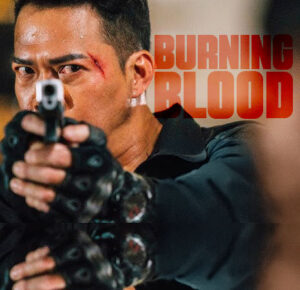
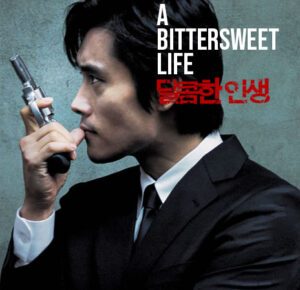
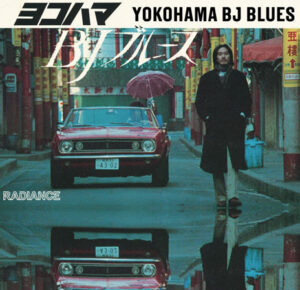

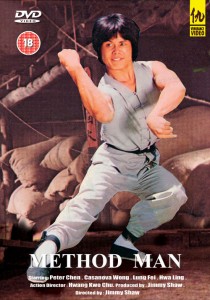
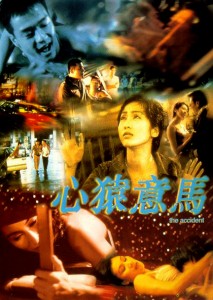
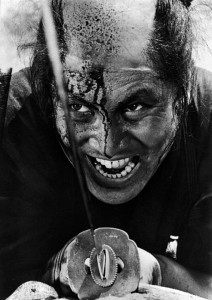
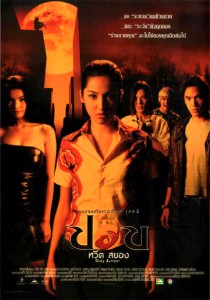
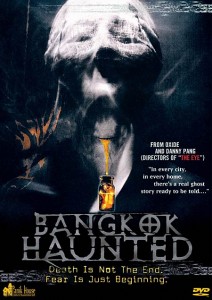
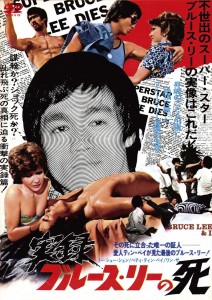
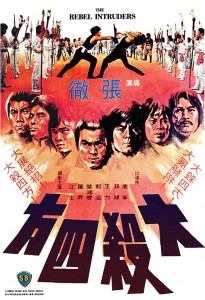
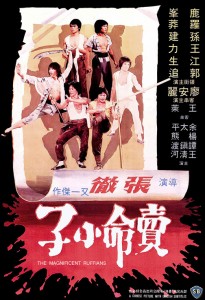
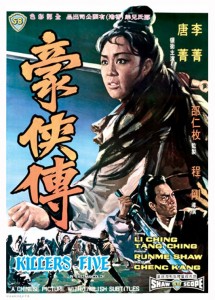
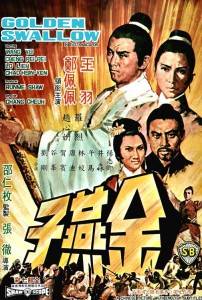
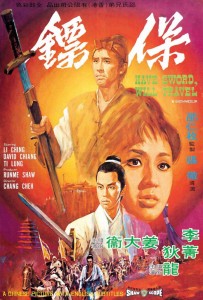
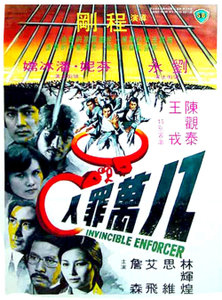
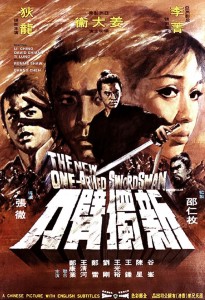
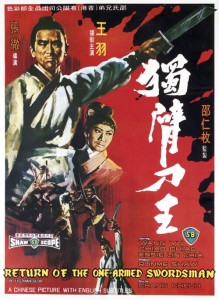
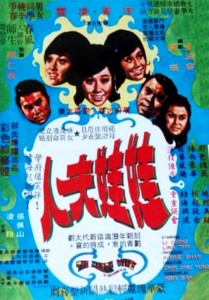



1 Comment